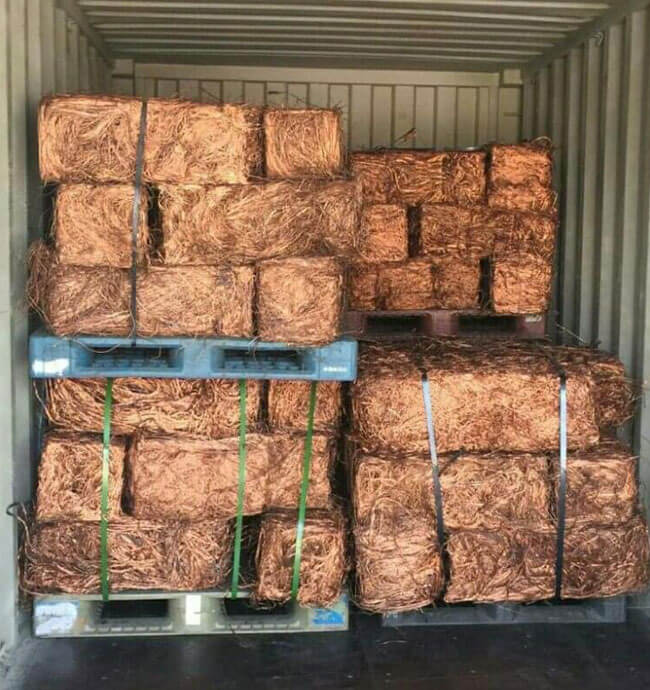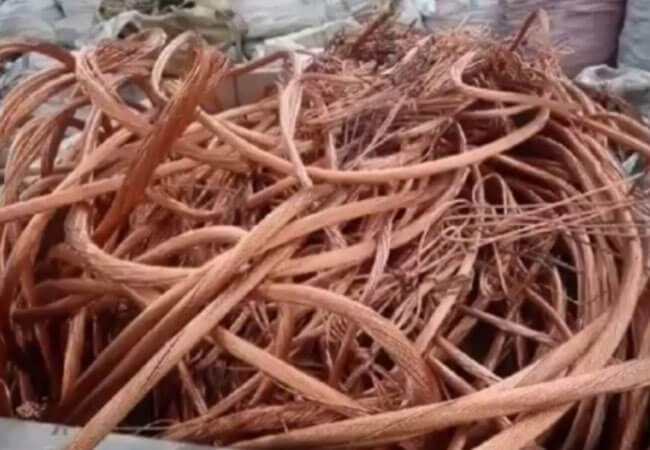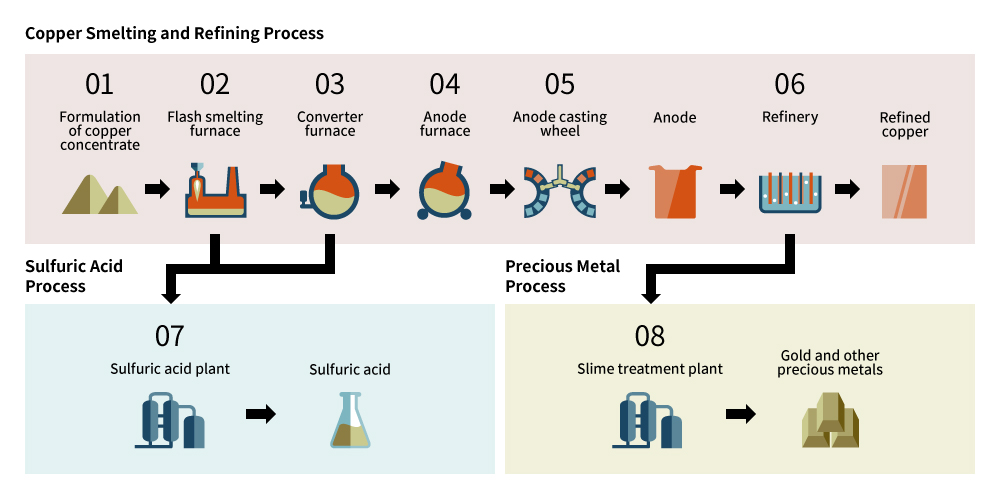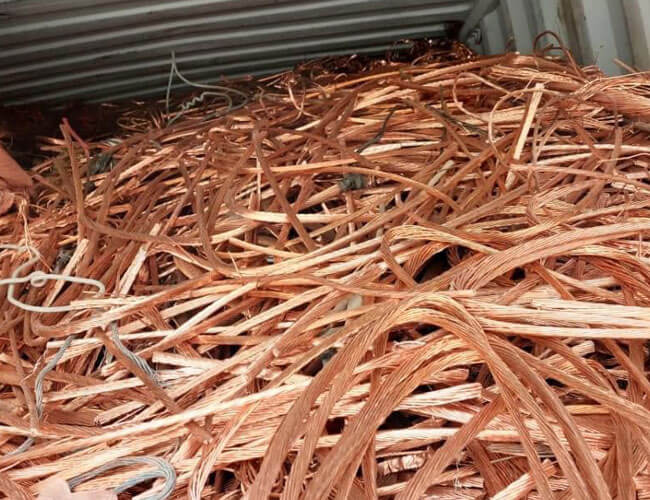Copper Millbery Wire
Copper is one of the few materials that can be recycled repeatedly without any loss of performance. As well as helping to satisfy the annual demand for copper, recycling conserves valuable natural resources, saves energy and reduces CO2 emissions.
The growing demand for copper will require a combination of raw materials coming from mines (primary copper), as well as from recycled materials (secondary copper). During the last decade about 32 percent of annual copper use came from recycled sources.
Copper recycling contributes to a progressive move toward a more circular economy.
Currently, a total of around 8.7 million tonnes of copper per year come from the recycling of “old” scrap.
The Importance of Recycling: During the past decade, strong growth in emerging economies, coupled with an increased use of copper for innovative and clean energy technologies, has led to significantly higher copper demand. The recovery and recycling of copper helps to satisfy this demand and to build a sustainable future for people and the planet.
Copper is 100% Recyclable: Copper is one of the few materials that can be recycled repeatedly without any loss of performance. There is also no difference in the quality of recycled copper (secondary production) and mined copper (primary production), thus they can be used interchangeably.
Copper is the electrical conductor in many categories of electrical wiring. Copper wire is used in power generation, power transmission, power distribution, telecommunications, electronics circuitry, and countless types of electrical equipment. Copper and its alloys are also used to make electrical contacts.


Some History…
The benefits of using copper conducting wire were known, but the technology was not available to make a copper wire strong enough for an overhead wire. Then in 1877 Thomas Doolittle developed the process for hard drawn copper wire in the Naugatuck Valley of Connecticut.
In a highly competitive market the development of new applications, price pressure and increase of product quality led wire manufacturers ask increased characteristics without losing conductivity. This led rod suppliers develop new copper and aluminium alloys. For example, copper alloys, such as CuSn, CuMg and CuAg, have been developed for automotive cable; High Temperature Aluminium Alloys have been developed for overhead conductor lines with round and shaped wires.
Being in the wire and cable sector since decades, we provide you with consolidated, flexible and high-quality solutions to overcome market challenges. Sampsistemi Rod Breakdown Platform includes compact and tandem rod breakdown, single or twin wire, single motor and multimotor machines. The platform is completed by a wide range of annealers, coiling and spooling systems.

SUPPLY CHAIN ACTIVITIES:

PROCUREMENT:
Copper scrap through its collection and physical separation of the metal and employing machinery to extract/reclaim the metal from the copper-containing objects.
Old copper scrap is collected from discarded, dismantled or obsolete or end of their lives products that contain copper (discarded electrical cables, ship breaking, radiators, electrical motors); New copper scrap comes from factories that make articles from copper (cut and unusable wires, waste from forgings, castings, and fabrication works, shavings and discards from copper sheets etc.)

TRANSPORTATION:
In order to ensure that the items are delivered from the mine or production facility to the loading port in a safe, effective, and timely way, the transport department is essential to the export process. Loading and unloading, transportation, documentation and communication, safety and compliance are some of the actions involved in this operation.
The Road & Rails network efficiently connects our production facilities to loading ports and secure storage facilities.

LOGISTICS:
To ensure that the items are carried from the mine or manufacturing facility to the loading port safely, effectively, and by all applicable regulations and requirements, the logistics department is essential. To guarantee that the entire export process goes smoothly and that the items arrive at their destination on schedule and in good shape, we work closely with the production, customs, and transport departments.
The logistics department is essential to the export process because it makes sure that the commodities are efficiently and affordably transported from the mine or production facility to the loading port. We offer the greatest services in terms of goods forwarding, shipping documents, transportation administration, and cargo insurance.
We provide international containerized and bulk transportation services on FOB, and CIF terms.

PRE-SHIPMENT INSPECTION (PSI):
Pre-shipment activities at the loading port are critical to ensuring that all laws and regulations export the goods, reach their destination on time, and are in good condition.
We collaborate with international pre-shipment organizations such as CCIC, Alex Stewart, Intertek, SGS, Mitrask, etc.
Pre-shipment tasks that frequently occur at the loading port include packing and labelling, inspection and quality control, customs clearance, loading and stowing, and creating and submitting the necessary documentation for the shipment, such as bills of lading, packing lists, and commercial invoices.

Product Details: –
Copper Millbery wire scrap | ISRI code ‘Berry’.
HSN CODE – [74040012]
Colour: Bright Brown RED.
Cu % in copper scrap is 97-99.9%.
Packing: bundles.
Shape: Wire, Rolls and Extensions.
Thickness: 2.1 mm
Weight of Each Bundle: 2 m/t appr.
Weight in each container: 20 MT.
Gross weight of each container: 22 MT.
Origin: DR Congo, Ghana, Zambia and DRC Africa.
